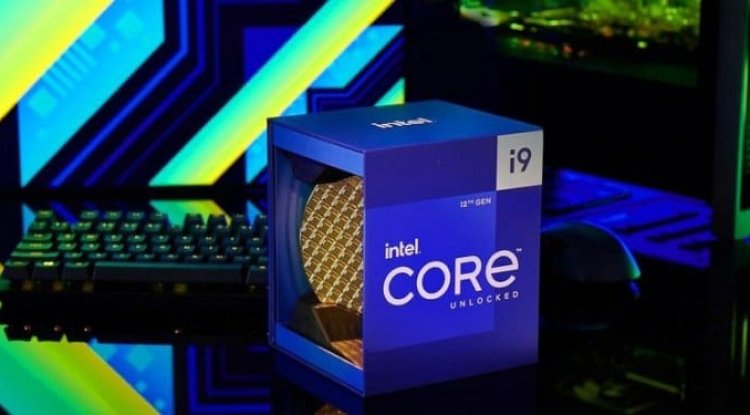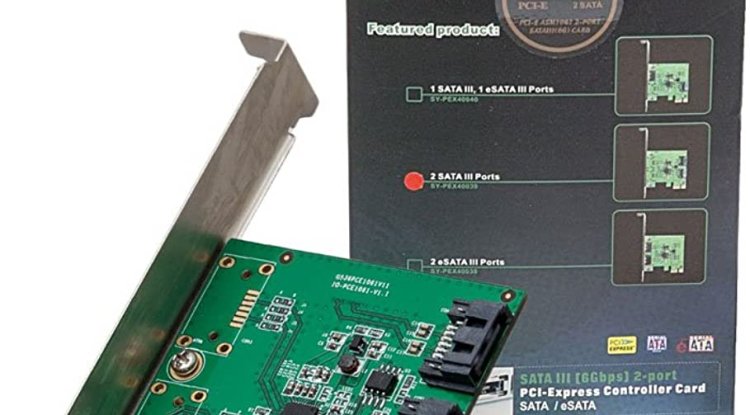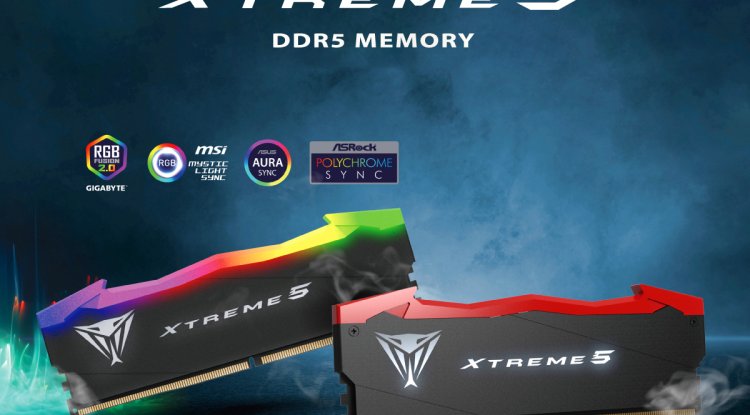Intel Alder Lake: New seeds with hybrid technology
Intel's current CEO, Pat Gelsinger, undertook nothing less than to straighten the company's slightly tumbling ship lately, and it would be a mistake to over-bind Alder Lake (processor development is not a monthly, but rather an annual project).

Intel's current CEO, Pat Gelsinger, undertook nothing less than to straighten the company's slightly tumbling ship lately, and it would be a mistake to over-bind Alder Lake (processor development is not a monthly, but rather an annual project). The situation, however, is that for the first time in a long time, the success or failure of a processor family that actually offers a new architecture will be tied to its name by the public.
It can be said that in recent years, Intel has taken full advantage of 14nm manufacturing technology, which has made it difficult for them to compete with AMD, but the company has been constantly talking about a breakthrough over Alder Lake-S. This is based on a 10nm node called Intel 7, meaning that in terms of desktop product range, the company has finally forgotten the 14nm bandwidth, which certainly matters a lot, but isn’t necessarily enough to succeed on its own. For this reason, the new development also brings a change that we previously only saw at the ultramobile level, and it is clearly aimed at improving efficiency and saving energy.
The transistor number of the new LGA1700 encapsulated processor was not given by Intel, nor was its extent, but the latter is easily measurable, so we can make up for this shortcoming and describe that it is a 215.3 mm² chip. The unique concept behind the system is similar to what the company deployed in the tile codenamed Lakefield, but Alder Lake-S uses more than just an eye, a higher-paced core. A total of 16 seeds can be expected, eight of which are based on Golden Cove and eight on enhanced Gracemont designs. Intel calls the latter cores E-Core (Efficient-Core), and the former as P-Core, or P-core (Performance-Core).
All this seems very interesting in the desktop market, as such trade-offs were previously only made by manufacturers at the mobile level, which made sense in terms of uptime, but in desktop configurations the power supply is constant, meaning it doesn’t necessarily make sense to sacrifice performance for better consumption. Intel didn’t even convey that message about the hybrid design but brushed out that two P-cores take up roughly as much chip space as eight E-cores, while the latter have much higher performance. So it wasn’t Intel that looked at consumption, but the aggregate pace that could be built per unit of chip space, which is a realistic factor under the Pollack rule.
The problem may arise that there are two types of cores on the chip that have significantly different capabilities. The advantage of E-cores is low power consumption, but the restrained single-stranded power is disadvantageous, while the opposite is true for P-cores. So it is very important that a given process runs on the right core for it. This can be achieved in two ways. The optimal thing is if the application itself can handle this directly because it can already assign the given process to a core that the developers of the program consider it good for. So it is clear that in the case of Alder Lake-S, it is best for an application to be directly prepared to encounter two types of cores inside the chip, but this is not always a realistic expectation, for example, there is no optimization for already released programs. This is where the Thread Director comes in.
The scheduling itself is obviously done by the operating system, and in this respect, it is also recommended to use Windows 11, whose scheduler has been optimized for Alder Lake. This means that you can interpret the data provided by the Thread Director and make decisions based on it. Roughly speaking, this is done by the system analyzing the running of specific threads on the cores and giving feedback to the operating system based on the data collected as to which tasks should be run. This operation is transparent, so it does not require special optimization, but it is practical, ie some tasks may run on cores that are not optimal for them for a while. For this reason, it is a much better way to optimize at the software level what kernels with different performances should run because then the system will know in advance which thread to allocate to which type of kernel, ie the hardware does not have to tell the operating system in real-time what is running or ran in the wrong place.
The Thread Director itself has not been discussed in such detail by Intel, but all that is known about it is that it classifies processes based on their real-time operation, and distinguishes four classes in this regard. Of this, class 1 and class 2 are not something exciting, because P-Core is clearly recommended in this case, as program codes using the AVX or VNNI instruction set are classified as such. Sessions marked class 0 are typically computationally intensive, so it is highly recommended to run them on P-cores, while class 3 is the level at which E-Core should be considered, as this task is limited by data buses rather than computing power. Of course, the final decision is made by the operating system's scheduler, so Windows 11, for example, doesn't even have to put a thread running on E-cores on P-cores, if based on the Thread Director this would be optimal. The reason for this is that you can also manually interfere with the processor affinity of a program, which, being a user decision, overrides the default behavior.
Alder Lake-S is otherwise capable of running on any operating system that cannot interpret data from the Thread Director, but in this case, the operating system scheduler may make erroneous decisions. For this reason, Intel strongly recommends installing Windows 11 on the new hardware.
By: Olivia J. - Zexron





































